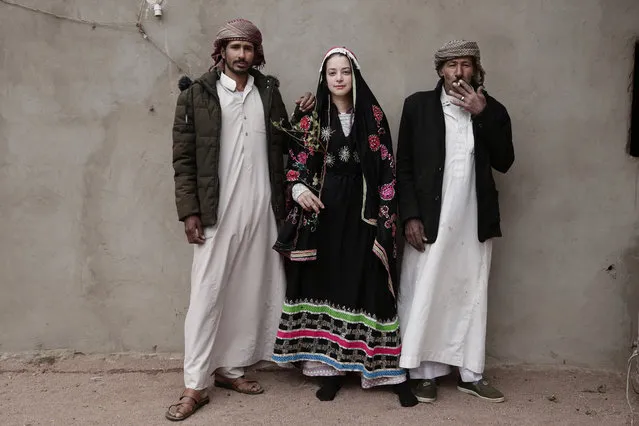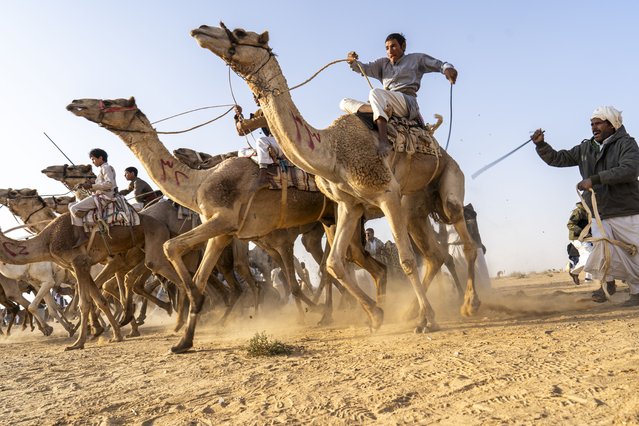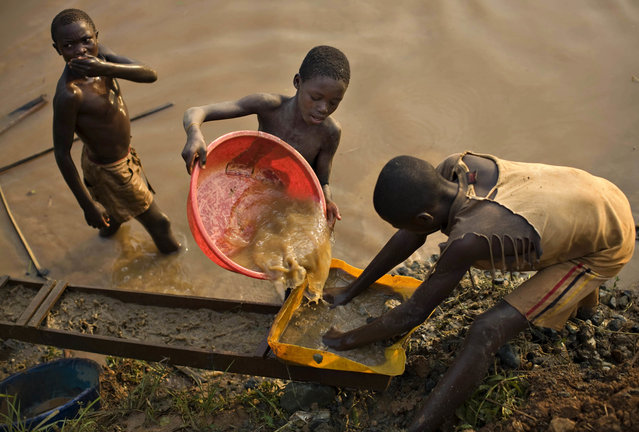
“Over three years I photographed fans outside different concerts. I was fascinated by the different tribes of people that attended them, and how people emulated celebrity to form their identity. As I photographed the project I began to see how the concerts became events for people to come together with surrogate “families”, a chance to relive their youth or try and be part of a scene that happened before they were born” – James Mollison.
Photo: Madonna fans. (Photo by James Mollison)
Photo: Madonna fans. (Photo by James Mollison)
25 Jun 2015 12:45:00,post received
0 comments







